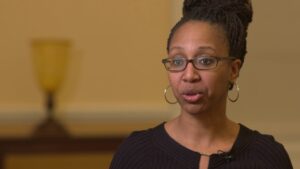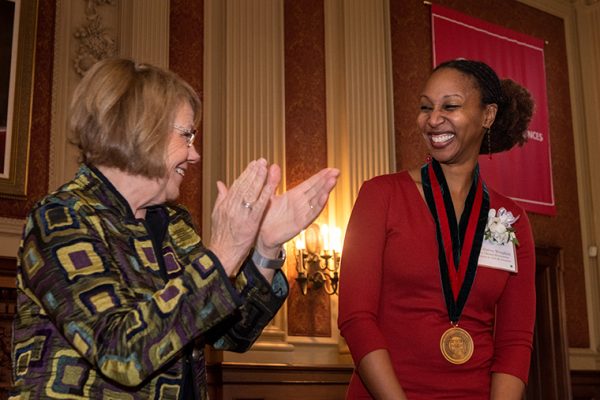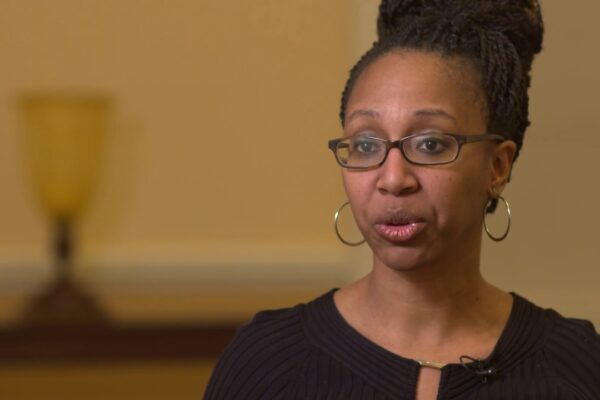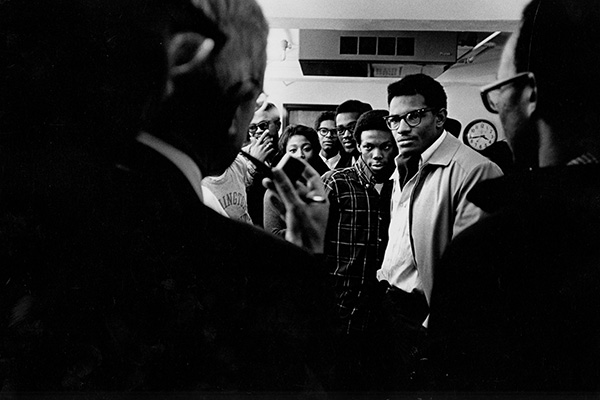
“Research shows that black individuals encounter an enormous amount of racial discrimination in the workplace, including exclusion from critical social networks, wage disparities and hiring disadvantages,” said Harvey Wingfield, co-author of the study “Getting In, Getting Hired, Getting Sideways Looks: Organizational Hierarchy and Perceptions of Racial Discrimination,” published Jan. 2 in the American Sociological Review. “But we don’t know how to explain what kinds of discrimination seem most salient to black workers themselves, or why perceptions of discrimination vary within this racial group.
“This study breaks new ground by showing that black workers who are highly positioned in an organization see different kinds of racial discrimination than those closer to the bottom,” she said.
Harvey Wingfield and co-author Koji Chavez of Indiana University argue that the variation in how black workers perceive racial discrimination is linked to organizational processes that inform where and how black employees observe racial discrimination.
Their analysis draws on interviews with 60 black workers employed in the health care industry. Respondents worked in professional occupations that required at least some formal, specialized training. Twenty-six were doctors associated with various specialties, 23 were nurses or physicians’ assistants, and 11 worked as technicians.
“Black doctors, who are highly placed in the hierarchy of health care facilities, focus much more on structural and organizational discrimination — educational disparities, biases in hiring policies,” Harvey Wingfield said. “In contrast, black nurses, who occupy a lower place in the hierarchy, observe both organizational and individual racial discrimination. They, too, focus on biases in hiring, but are also attuned to personal discrimination from supervisors. Black technicians, who are still lower in the organizational hierarchy, mostly describe individual discrimination. They see how supervisors discriminate against black technicians, but are not privy to how organizational rules create widespread differences for black workers.
“These differences are linked to position in the organizational hierarchy. Higher status in an organization means more exposure to how policies and rules are made — and the impact those can have on a wide cross-section of black employees.
By focusing on organizational interactions, the researchers were able to show that “basic mechanisms, such as hiring, promotion, and status are key to explaining how position in an organizational hierarchy connects to perceptions of racial discrimination.”



